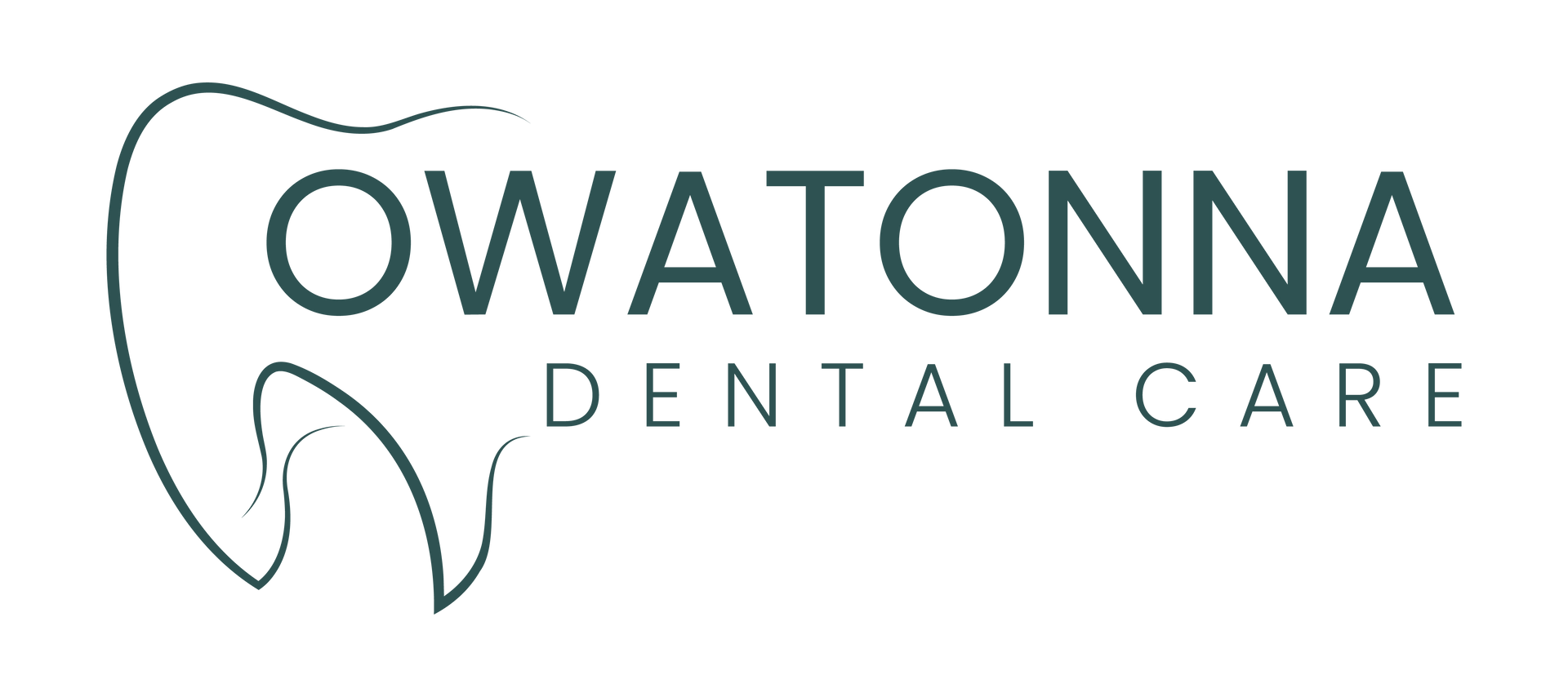Patient Education Resources
If you wince with pain after sipping a hot cup of coffee or chewing a piece of ice, chances are that you suffer from "dentin hypersensitivity", or more commonly, sensitive teeth. Hot and cold temperature changes cause your teeth to expand and contract. Over time, your teeth can develop microscopic cracks that allow these sensations to seep through to the nerves. Exposed areas of the tooth can cause pain and even affect or change your eating, drinking and breathing habits.

Jaw Pain / TMJ
People who grind their teeth can sometimes develop a serious problem with their jaw, which left untreated, can adversely affect the teeth, gums and bone structures of the mouth. One of the most common jaw disorders is related to a problem with the temporomandibular joint, the joint that connects your lower jaw to your skull, and allows your upper and lower jaw to open and close and facilitates chewing and speaking. People with temporomandibular joint disorders (TMD) often have a clicking or popping sound when opening and closing their mouths. Such disorders are often accompanied by frequent headaches, neck aches, and in some cases, tooth sensitivity.
Toothaches
Simple toothaches can often be relieved by rinsing the mouth to clear it of debris and other matter. Sometimes, a toothache can be caused or aggravated by a piece of debris lodged between the tooth and another tooth. Avoid placing an aspirin between your tooth and gum to relieve pain, because the dissolving aspirin can actually harm your gum tissue. A broken, fractured or displaced tooth is usually not a cause for alarm, as long as decisive, quick action is taken. If the tooth has been knocked out, try to place the tooth back in its socket while waiting to see your dentist.
Wisdom Teeth
Wisdom teeth are the third and final set of molars that erupt in the back corners of the upper and lower normal adult mouth. Unfortunately, most people experience problems from wisdom teeth; in most cases, this is because the teeth erupt too close to existing permanent teeth, causing crowding, improper bites, and other problems. If wisdom teeth are causing a problem and are not pulled, they can sometimes become impacted. Impacted wisdom teeth can be extremely painful, as well as harmful to your oral health. Symptoms are easy to spot: pain, inflammation, and some kinds of infections. Many people need to have their wisdom teeth extracted to avoid future serious problems. In general, the lack of the four wisdom teeth does not hamper one's ability to properly bite down, speak or eat.
Implants
Dental implant treatment is often performed with a team. The team consists of a restorative dentist who will ultimately fabricate the prosthesis or teeth that are to be replaced; and an experienced surgeon who will place the dental implants in the jaw bone. Careful evaluation of the patient and meticulous planning is essential in providing predictable and satisfactory results. The treatment consists of 3 phases. The first phase of treatment is the placement of the implant (the root shaped, titanium screw that is commonly referred to as the 'fixture') by the surgical specialist. The second phase of the implant treatment is performed after an appropriate period of healing. Bone heals slowly. A period of approximately 3-6 months is required for the process of osseointegration to be complete. The second phase of treatment consists of the placement of abutments or small metal posts to the implanted fixtures. The third phase of treatment consists of the restorative phase. In this phase the new replacement teeth are fabricated and placed on the implants and abutments.
Brushing
Brushing is the most effective method for removing harmful plaque from your teeth and gums. Getting the debris off your teeth and gums in a timely manner prevents bacteria in the food you eat from turning into harmful, cavity causing acids. Most dentists agree that brushing three times a day is the minimum; if you use a fluoride toothpaste in the morning and before bed at night, you can get away without using toothpaste during the middle of the day. A simple brushing with plain water or rinsing your mouth with water for 30 seconds after lunch will generally do the job.
Braces
Braces are applied to teeth for various reasons, including poorly aligned jaws, crooked, crowded and missing teeth, or a bad bite (also called malocclusion).
Various things can cause teeth to become crooked or jaws misaligned, including thumb-sucking or a traumatic injury. Some conditions are inherited.
Children between the ages of 7 and 14 are typical candidates for braces because their facial structures are still developing. Adult braces usually entail additional procedures because their faces have already fully developed.
About Braces
Orthodontics is a field of dentistry that deals with corrections involving jaw and teeth alignment. An orthodontist is a specialist who diagnoses and applies braces.
Braces employ the use of wires and are usually one of three types:
- Old-fashioned, conventional braces, which employ the use of metal strips, or bands.
- Metal or plastic brackets that are cemented or bonded to teeth.
- Brackets that attach to the back teeth (also called "lingual" braces)
Invisalign™ Invisible Braces
Revolutionary is the only way to describe the Invisalign™ technology. With Invisalign® there are no metal wires or brackets, only clear, surgical grade aligners that are worn (much like whitening trays). Comfortable and convenient, easy to maintain your hygiene, they are a great way to straighten teeth and have a beautiful smile.
Procedures
New ParagraphaOrthodontic procedures, also called "orthodontia," are complex processes.
In most cases, a dentist will need to make a plaster cast of the individual's teeth and perform full X-rays of the head and mouth.
After orthodontic appliances are placed, they need to be adjusted from time to time to ensure that they continue to move the teeth into their correct position.
Retainers are used following braces to ensure that teeth remain in position.
Aesthetic and Comfort Issues
Advances in technology have vastly improved appearance issues with orthodontia.
Braces today are made from extremely lightweight and natural-colored materials. The materials that braces attach to-brackets-are bonded to the surfaces of teeth but can be later removed.
People can expect to wear braces for about two years-less or more in some cases. Adults are usually required to wear braces for longer periods of time.
Because orthodontic appliances need to be adjusted from time to time to ensure they continue to move the teeth into their correct position, they can create pressure on the teeth and jaws. This mild discomfort usually subsides following each orthodontia adjustment.

